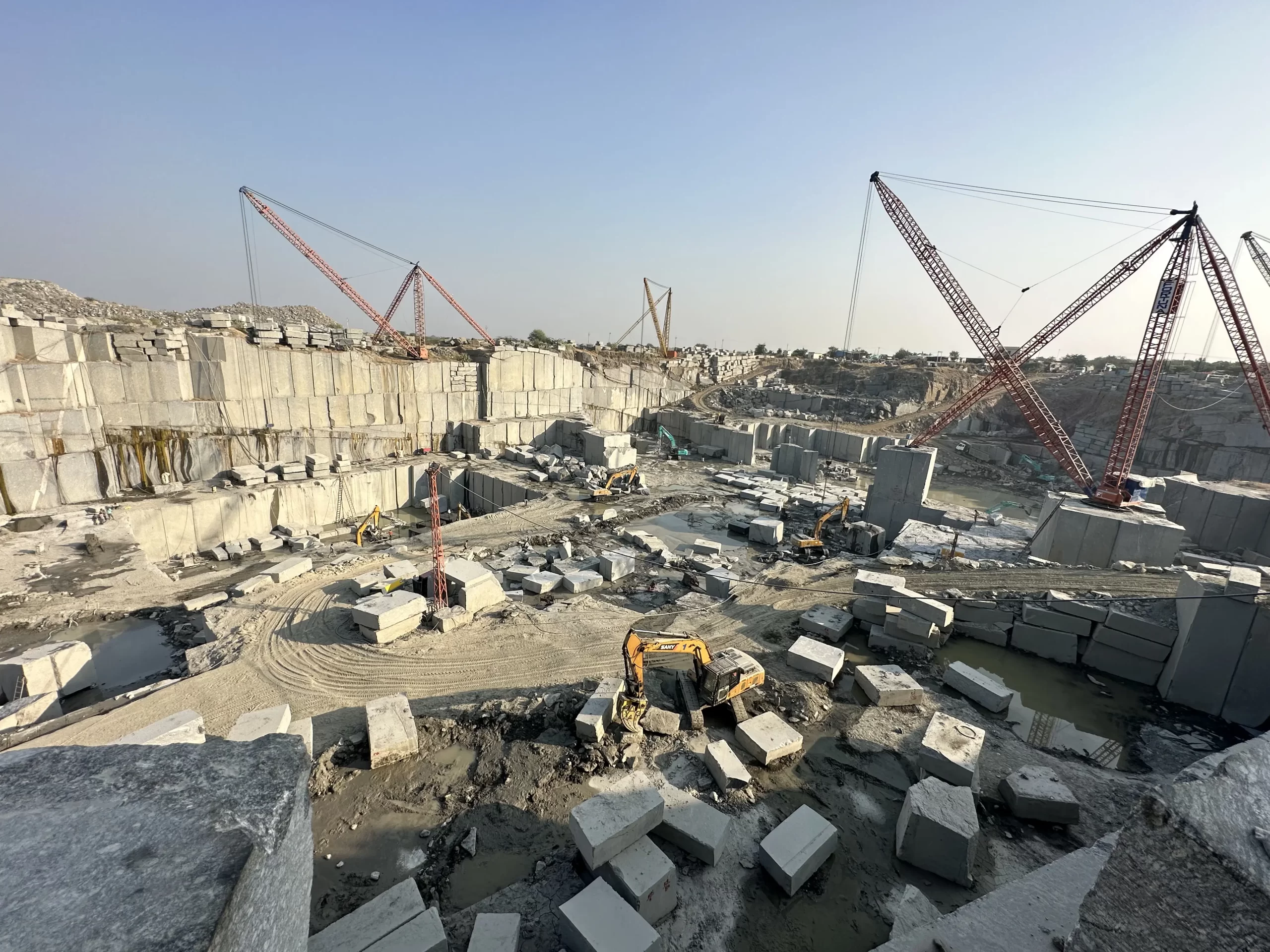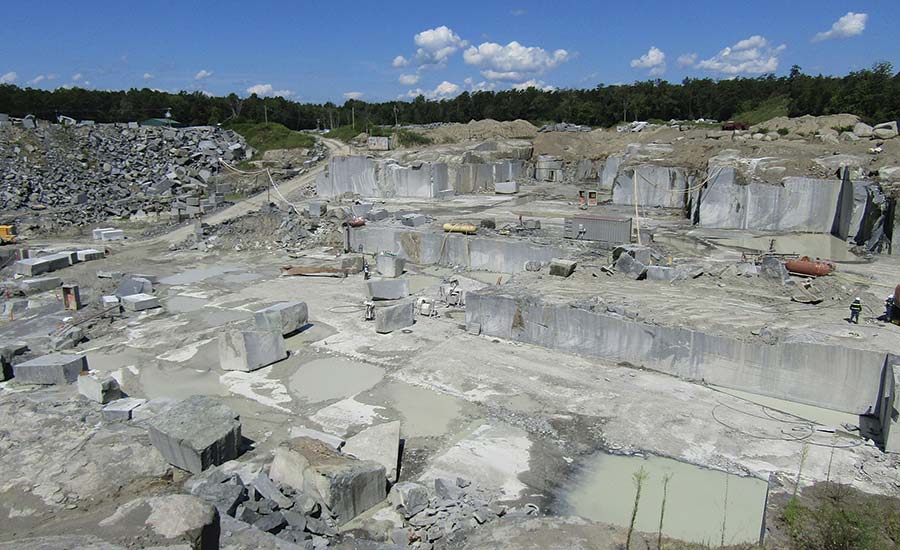Exploring Granite Quarries in South Africa Sector: From Quarry to Masterpiece
Exploring Granite Quarries in South Africa Sector: From Quarry to Masterpiece
Blog Article
Introducing the Mysteries of Granite Quarrying: Where Strength and Beauty Meet
The world of granite quarrying is a realm where the raw toughness of nature merges with human creativity to develop structures that stand the test of time with an air of sophistication. From the midsts of quarries to the careful polishing in workshops, the procedure of changing granite right into building wonders is a complicated dance of custom and advancement. As we peer into the depths of this ancient craft, we start to reveal the surprise ins and outs that form the extremely significance of our constructed environment.
The Origins of Granite Quarrying
In the record of architectural background, the beginnings of granite quarrying are shrouded in a tapestry of old workmanship and geological wonders. Going back to old Egypt and Mesopotamia, the extraction of granite from quarries marked the beginning of a trip that would at some point bring about the creation of some of the world's most famous frameworks.
Granite quarrying's origins can be traced to the skilled artisans who recognized the rock's toughness and aesthetic appeal. Through a combination of primitive tools and sheer determination, these very early quarry employees uncovered granite blocks that would end up being the building blocks of human beings.
As worlds progressed, so did the techniques of quarrying granite. The Romans, renowned for their engineering expertise, developed advanced approaches for extracting granite to construct monoliths, temples, and roadways that stood the examination of time.
The heritage of these old quarrying practices remains to form contemporary design, with granite continuing to be an icon of toughness and beauty in building jobs around the world. (granite quarries in south africa)
Devices of the Quarrying Trade
The development of granite quarrying strategies from ancient worlds to modern-day times highlights the crucial function played by the tools of the quarrying trade in forming the sector's techniques. In old times, quarrying tools were basic, usually containing blades, hammers, and wedges made from products like bronze or iron. These tools required considerable workforce and time to remove granite obstructs from quarries.

Additionally, the intro of pneumatically-driven tools and high-powered machinery has dramatically reduced the physical labor called for in quarrying procedures, boosting employee security and efficiency. As the quarrying industry continues to introduce, the tools of the trade continue to be at the leading edge of driving development and forming the future of granite extraction.
Extracting Blocks of Granite
Using precision equipment and progressed strategies, the removal of granite obstructs from quarries has come to be a sophisticated procedure in the contemporary quarrying market. Managed blowing up strategies are then used to damage apart the granite into manageable areas.

Polishing and Finishing Techniques
To achieve a perfect surface on granite blocks, experienced artisans use a series of thorough sprucing up and finishing strategies. After the first removal and forming processes, the granite blocks undergo a thorough polishing phase to boost their natural elegance and toughness. One usual technique utilized in polishing granite is diamond abrasion, where commercial diamonds are used to grind and brighten the stone to a smooth coating. This process not just produces a lustrous surface area however also ensures uniformity in shade and texture throughout the granite block.
Along with polishing, finishing techniques are put on additional improve the granite's appearance. These methods might consist of Click Here flaming, sharpening, or brushing, each offering unique appearances and finishes to match various visual choices. Flaming, for circumstances, involves exposing the granite surface area to heats to develop a harsh, distinctive surface, suitable for outside applications where slip-resistance is essential. Honing, on the various other hand, provides a matte coating that is smooth to the touch, best for interior counter tops and floor covering. By meticulously selecting and using these brightening and finishing strategies, artisans can change raw granite blocks right into elegant pieces that showcase both toughness and style.

Ecological Impact and Sustainability
With the expanding focus on environmental awareness in the market, granite quarrying go right here techniques are progressively looked at for their influence on all-natural sources and lasting sustainability. Quarrying for granite can have considerable ecological ramifications. The extraction process typically includes using hefty equipment, explosives, and huge amounts of water, bring about habitat devastation, dirt disintegration, and water contamination. Furthermore, the transportation of granite from quarries to refining facilities generates carbon exhausts, even more adding to environmental degradation. granite quarries in south africa.
To minimize these influences and ensure sustainability in granite quarrying, market stakeholders are taking on different steps. Executing advanced modern technologies to decrease power consumption and water usage, reclaiming quarried land for ecological restoration, and promoting responsible sourcing practices are some techniques being utilized. In addition, certifications such as the Forest Stewardship Council (FSC) and the Management in Energy and Environmental Style (LEED) assistance customers determine eco-friendly granite products.
Final Thought
In conclusion, granite quarrying is a procedure that Recommended Reading calls for specialized devices and techniques to remove blocks of granite and polish them to a high degree of surface. While the environmental influence of quarrying can be considerable, efforts are being made to enhance sustainability methods in the sector. On the whole, granite quarrying is a delicate balance in between harnessing the stamina and beauty of this all-natural stone while reducing its effect on the environment.
Report this page